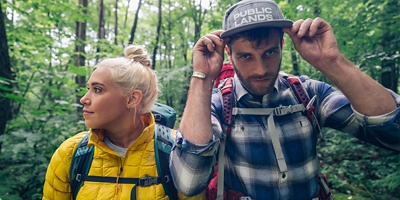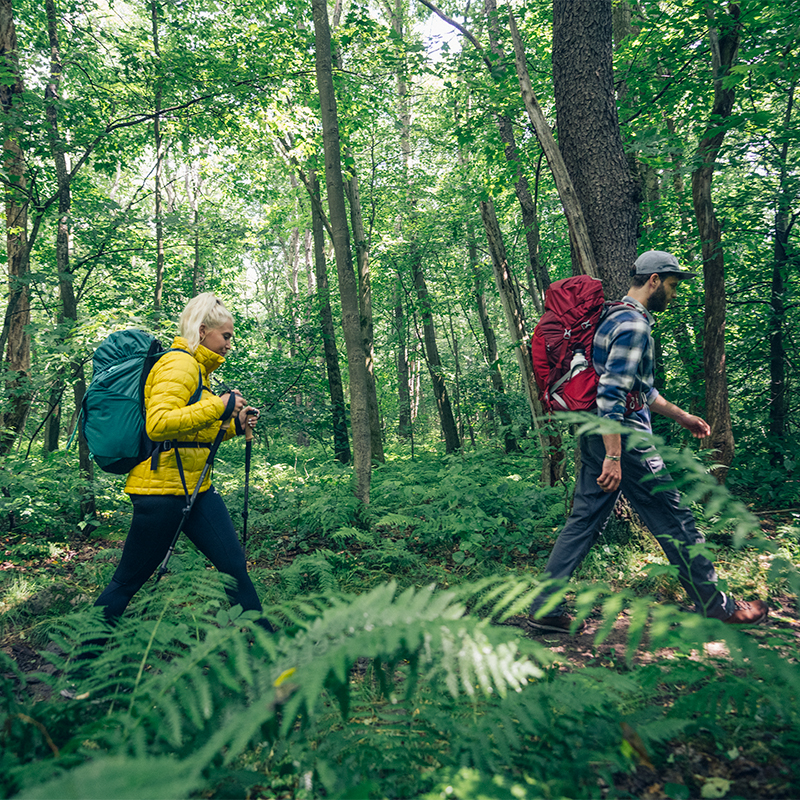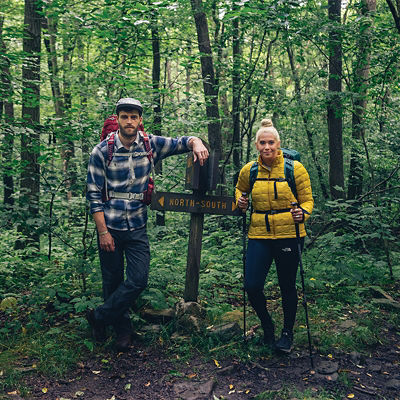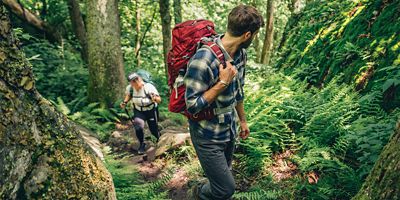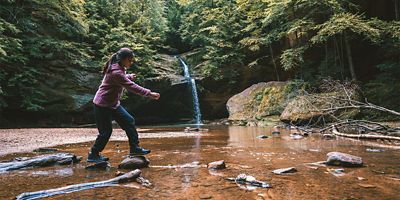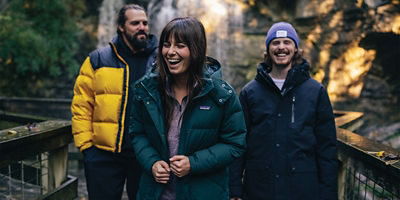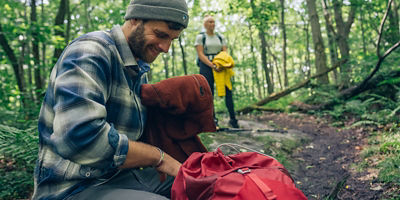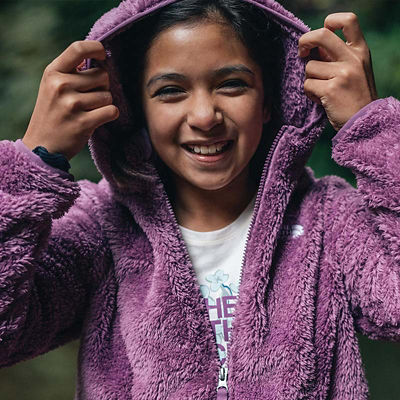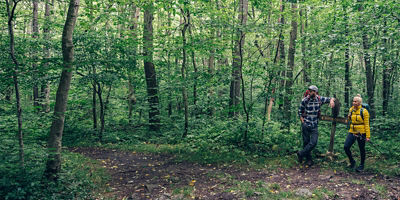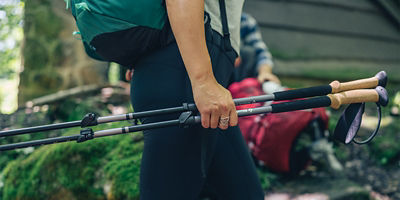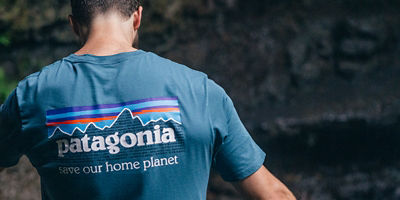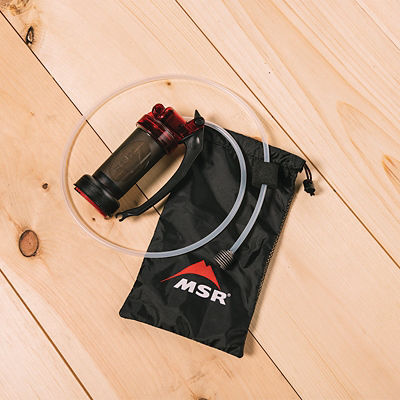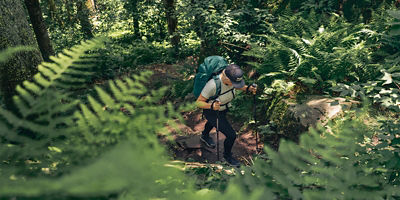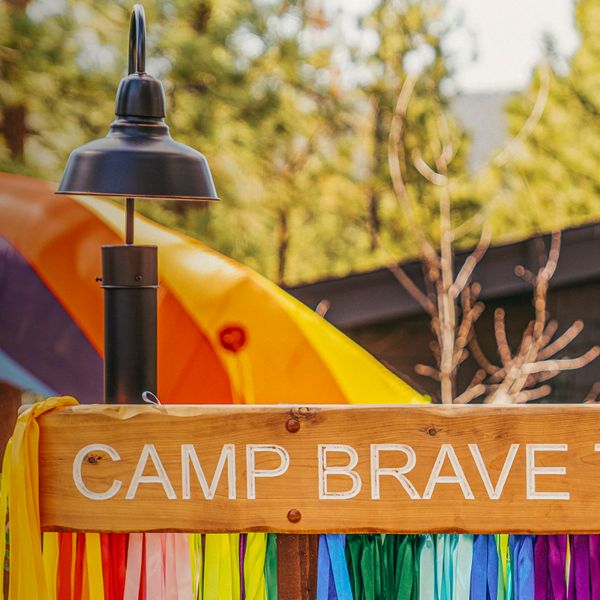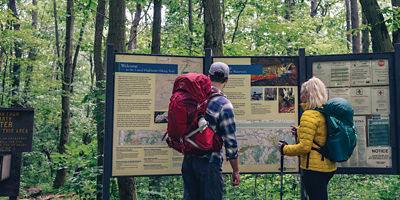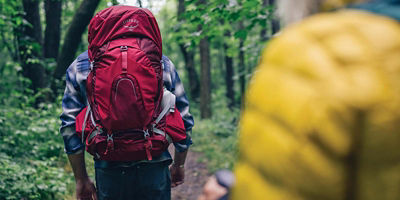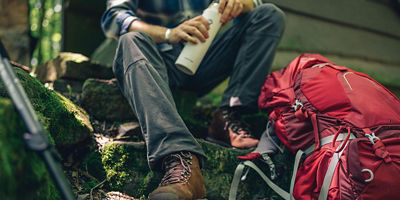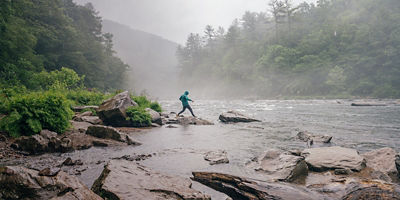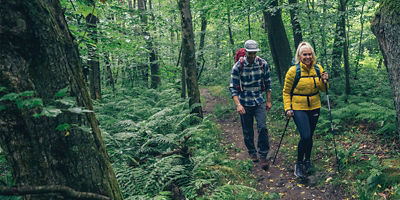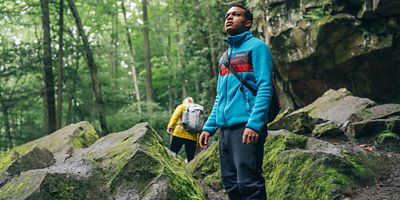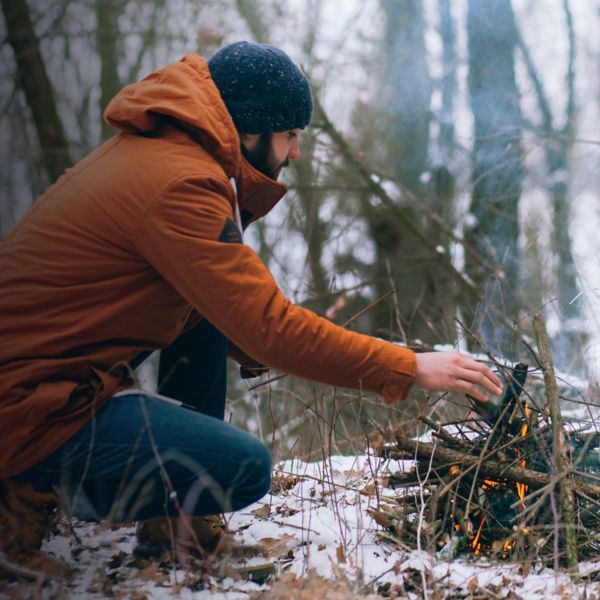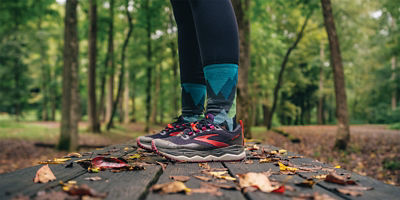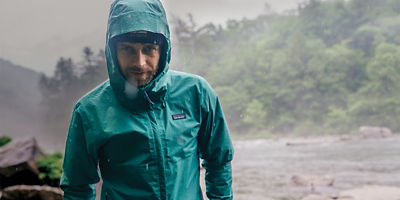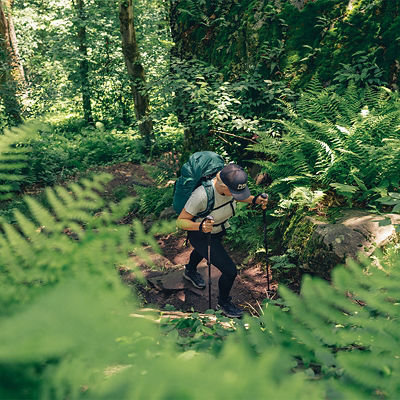Packing for a day hike is more of an art than a science, in that you’ll start to tailor your kit as you gain experience, but there’s a baseline of items that you should always bring. Before you go, check the forecast and try to zero in on the exact location that you're headed. Is it going to be really hot? Then maybe you’ll throw in extra water and electrolytes. If the trail is steep and rugged then you might bring trekking poles.
It also helps to estimate how long you’ll be out. As a general rule, expect to hike at about two miles per hour, and add an extra hour for every 1,000 feet of elevation gain. Fit hikers can travel as fast as three miles an hour on moderate terrain, and steep, rough trails can slow your pace to one mile per hour. Knowing how long you’ll be gone will help you pack the right amount of food and water (always carry a little extra).

